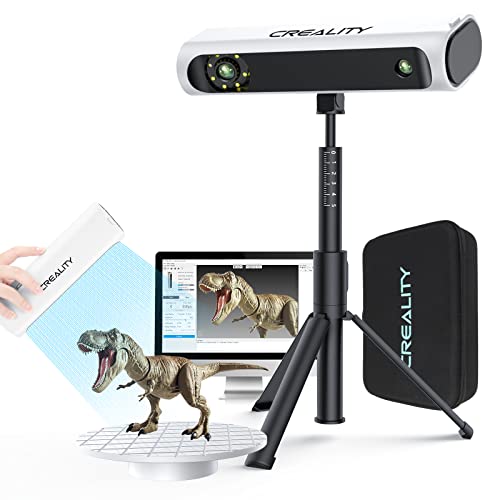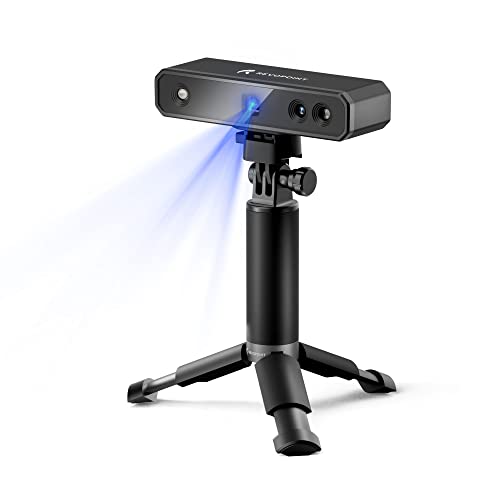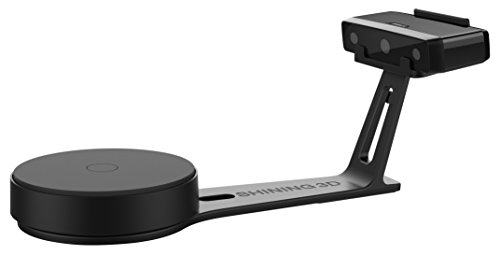Contact Me: howtopbestinfo@gmail.com
Contact Me: howtopbestinfo@gmail.com

A handheld 3D scanner is an imaging device used to scan and capture three-dimensional data of objects. The technology behind the scanners works by sending out laser light or structured white light in a patterned sequence, capturing a set of points on its target surface which can then be reconstructed into digital 3D geometry.
This type of scanning offers several benefits over traditional methods such as manual measurement techniques including increased speed and accuracy when measuring shapes, shorter time frames for design cycles due to reduced reliance on physical prototypes during product development stages, improved visualization capabilities that enable designers to see their designs before committing them into production phases.
Access from anywhere through remote scanning systems allowing collaboration with multiple stakeholders throughout the entire process chain; enhanced quality control processes since scanned object surfaces are accurately measured without any human errors involved.
Reduction in costs associated with shipping components back-and-forth between overseas locations thus minimizing delays incurred owing transportation timescales etcetera.
Handheld 3D scanners have revolutionized how engineers approach product designing tasks – providing unparalleled efficiency gains coupled with cost savings!

Best value overall, this is the greatest option for all buyers who want the best quality product.
Buy it on Amazon

Also very good option for users who are serious about high standard and taste.
Buy it on Amazon

Strike a perfect balance between price and quality, this item is for people who want both.
Buy it on Amazon

Perfect Alternative for products other than those mentioned above, give it a try!
Buy it on Amazon

Affordable price and well accepted quality, great deal for who have a tighter budget.
Buy it on Amazon
A handheld 3D scanner is an imaging device used to scan and capture three-dimensional data of objects. The technology behind the scanners works by sending out laser light or structured white light in a patterned sequence, capturing a set of points on its target surface which can then be reconstructed into digital 3D geometry.
This type of scanning offers several benefits over traditional methods such as manual measurement techniques including increased speed and accuracy when measuring shapes, shorter time frames for design cycles due to reduced reliance on physical prototypes during product development stages, improved visualization capabilities that enable designers to see their designs before committing them into production phases.
Access from anywhere through remote scanning systems allowing collaboration with multiple stakeholders throughout the entire process chain; enhanced quality control processes since scanned object surfaces are accurately measured without any human errors involved.
Reduction in costs associated with shipping components back-and-forth between overseas locations thus minimizing delays incurred owing transportation timescales etcetera.
Handheld 3D scanners have revolutionized how engineers approach product designing tasks – providing unparalleled efficiency gains coupled with cost savings!
To sum up, a handheld 3D scanner is an invaluable tool for anyone in the design or engineering field. Not only does it allow you to accurately capture objects and create precise digital models of them quickly, but also provides unparalleled versatility when compared with other scanning methods. The portability afforded by these scanners makes them ideal for use onsite at any location without sacrificing accuracy or quality; plus they are much more affordable than larger stationary alternatives.


Etiam porta sem malesuada magna mollis euismod. Cras mattis consectetur purus sit amet fermentum. Aenean lacinia bibendum nulla sed consectetur.
2045-05-09 00:00:00.000000
2045-06-01 00:00:00.000000
2045-06-04 00:00:00.000000
2045-06-06 00:00:00.000000
2045-06-08 00:00:00.000000